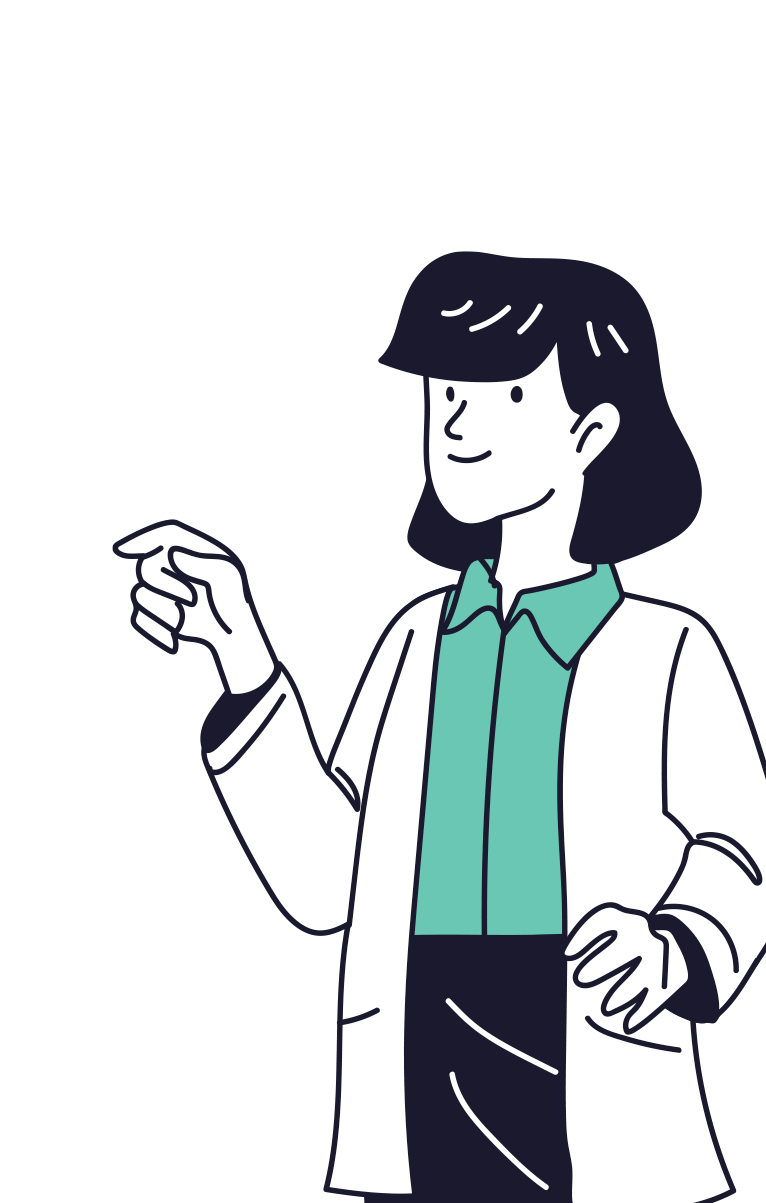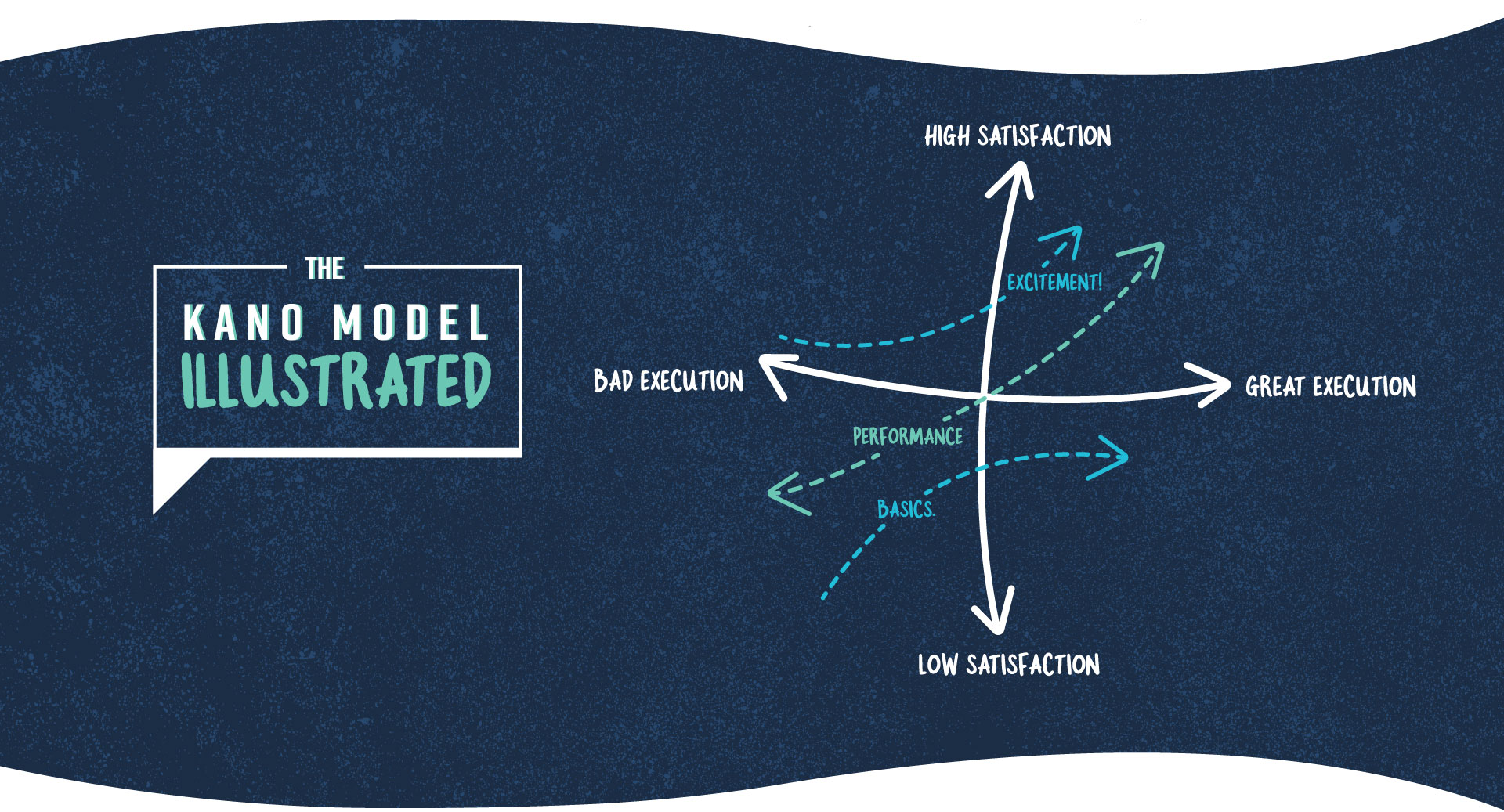1. Threshold Attributes (aka the Basics)
Typically, the patient experience begins by either calling to make an appointment or walking into the doctor’s office. (While we are living in the digital age, most initial appointments are still scheduled the old-fashioned way: on the phone.)
During this initial touchpoint, patients can expect a couple key threshold attributes: 1) their health information will be kept secure and 2) they will be able to schedule an appointment to meet with a provider. Simple enough, right?
It’s no surprise that Salesforce handles both security and scheduling with ease. The Salesforce ecosystem is built with security top of mind. From firewalls, to TLS/SSL encryption, to the Salesforce Shield, patients can feel confident that their protected health information (PHI) is secure in the ecosystem. As an added level of protection, there is the shared responsibility of Salesforce Users, which includes training and processes to ensure health information is kept safe.
When it comes to scheduling appointments, Health Cloud enables users to manage this process quickly and efficiently. Once scheduled, the patient can receive SMS text messages or email reminders based on their preference.
While the elements of security and scheduling may seem basic, they provide a strong foundation for next-level patient satisfaction: Performance attributes.
2. Performance Attributes (aka the Satisfiers)
Don’t let the name fool you – “Satisfiers” is a modest term for going above and beyond when it comes to healthcare customer service. This is where you can start differentiating your organization and build customer loyalty.
Let’s go back to our “Basics” example.
Providing an exceptional experience starts right away. Based on the phone number, Salesforce contact center can identify the caller based on matched information stored in the CRM. This allows the call to be routed based on preset workflows, or artificial intelligence that predicts the intent of the caller. As a result, the caller is immediately sent to a representative who is most likely to be able to help.
In this case, the patient has called to schedule an appointment.Not only can the customer service representative schedule the appointment, but she can help patients find different providers, services, and locations to meet the additional needs.
Now let’s add another layer: the caller wants to schedule a routine physical, but can’t remember the date of their last physical. This date is important because if they schedule it too early, it may not be fully covered by insurance. What could be a time-consuming call, while the representative toggles between screens to track down the correct information, can be handled in almost no time with the right CRM.
That’s why when providing great customer service, it’s important to use a robust CRM, like Health Cloud, where users can access a unique 360-degree view of the patient all in one place. This includes contact information, appointment history, insurance information, and more. Because information is housed in one central spot and neatly organized with tabs, customer service reps can quickly find past information, such as dates of last visits. No long hold times, just efficient customer service.
This functionality isn’t limited to those in an office setting or contact center. Healthcare providers can also reference records and make updates in real-time, including visit notes, care plans, and prescription changes. Once the record is updated, the patient’s connected network of providers can access it. This helps ensure ancillary providers have the most up-to-date information when caring for the patient, helping to ensure fully coordinated care.
Level 3: Excitement Attributes (aka the Delighters)
The Basics and Satisfiers create a strong foundation for the crème de la crème: the Delighters. This is where healthcare customer service teams and providers can really knock it out of the park. Kano called “delighters” the “wow” factor because these elements go well beyond anything the patient might imagine to ask for. For healthcare, this can mean friendly alerts to schedule annual exams, email invitations to health and wellness events, or acknowledging milestones, such as birthdays.
For example, while on a call with a patient, a service rep could note “I see you are due for an annual in a couple months. Would you like to schedule that now?” Or “Did you know flu shots are available? I’m happy to find a clinic location close to your home.” It’s that unexpected element of helpfulness that makes it a true Delighter.
Providers can also benefit from this. Using a CRM that allows for efficient note taking, they can reference past visits and go beyond the basics and personalize the experience. For example, “I see at our last visit you were about to start a new fitness program. How is that going?” This human touch goes a long way in establishing trust and gaining patient loyalty.
Penrod’s Final Take
Great customer service is important across all industries, but when it comes to healthcare, customer service is more important than ever before. WithSalesforce contact center, your teams will have everything they need to provide patients exceptional service.






